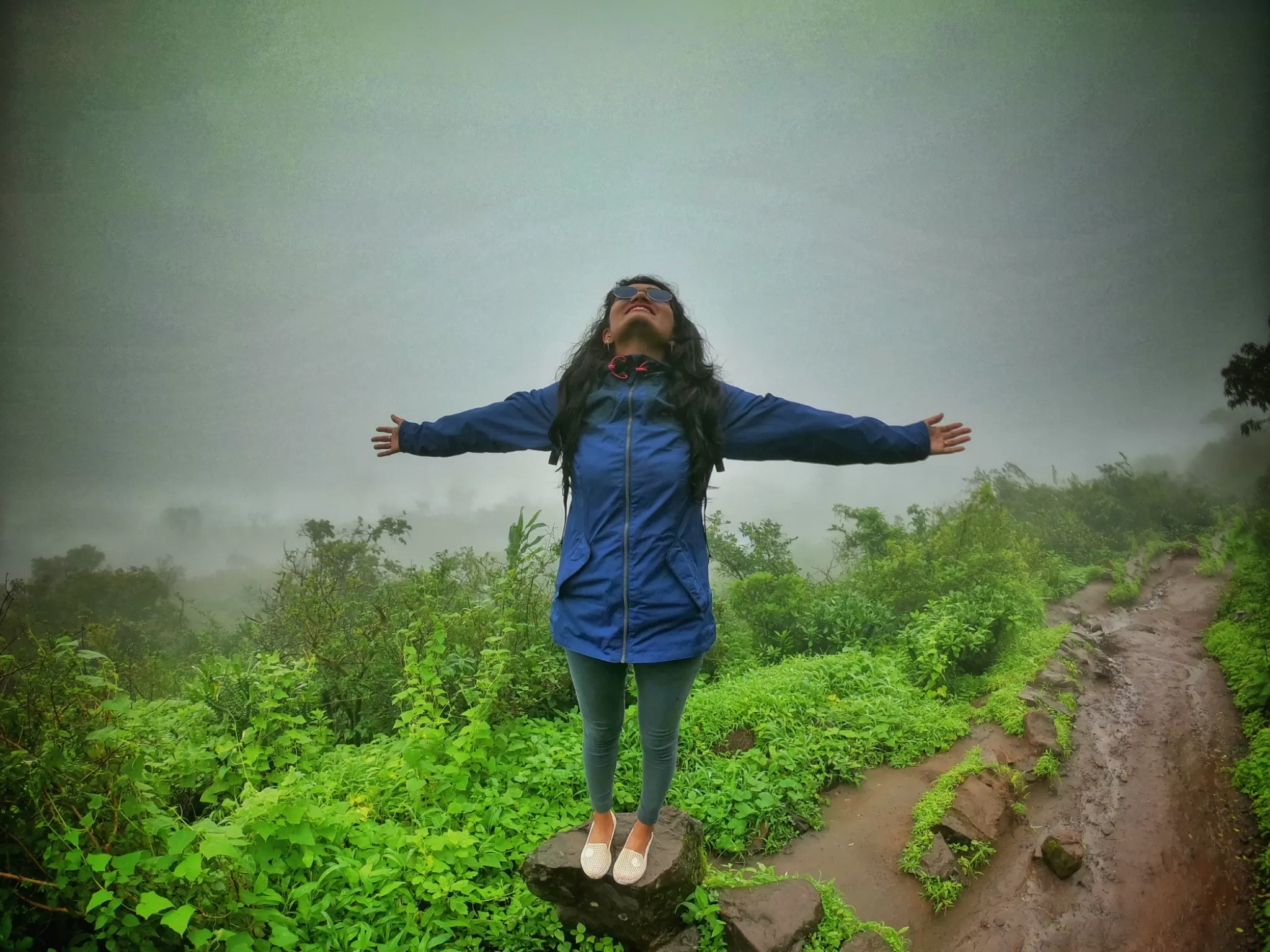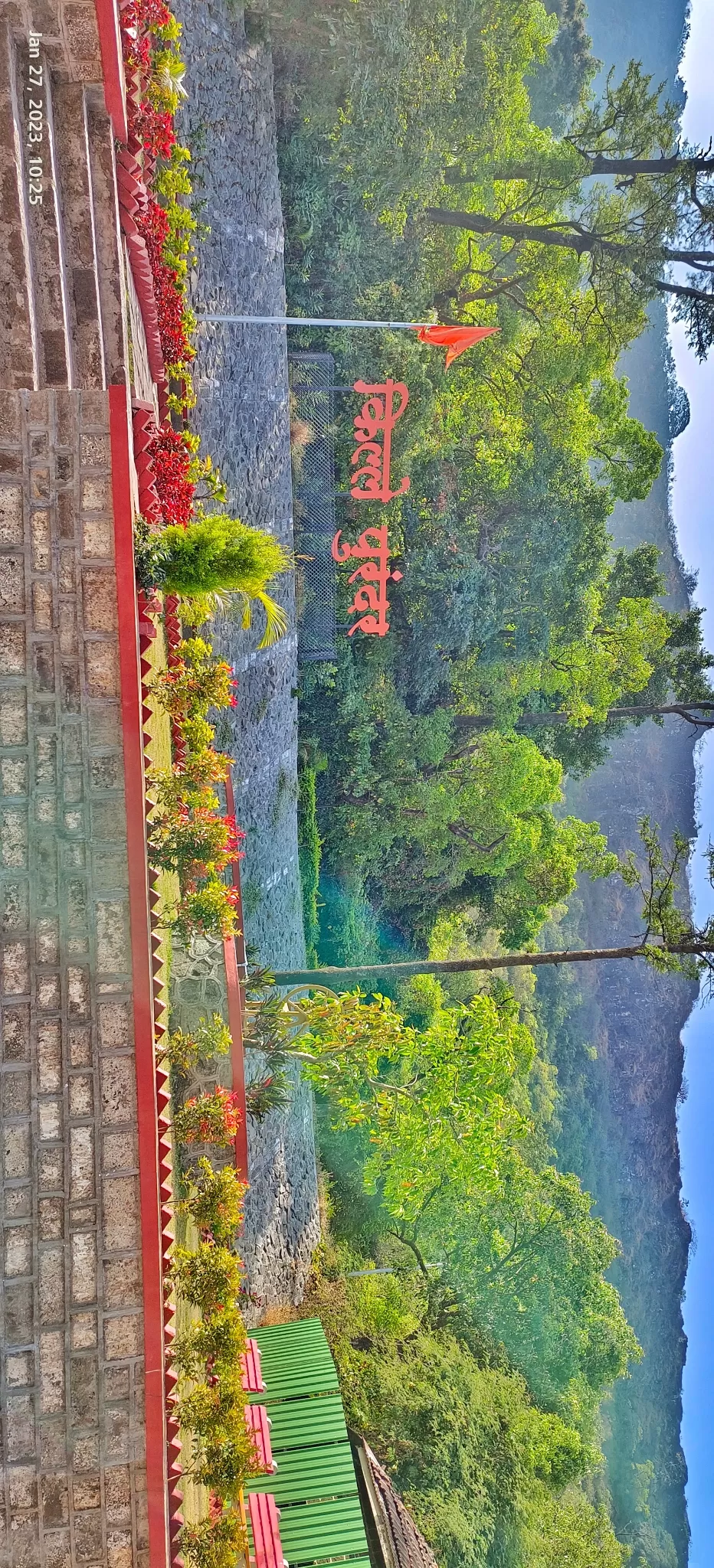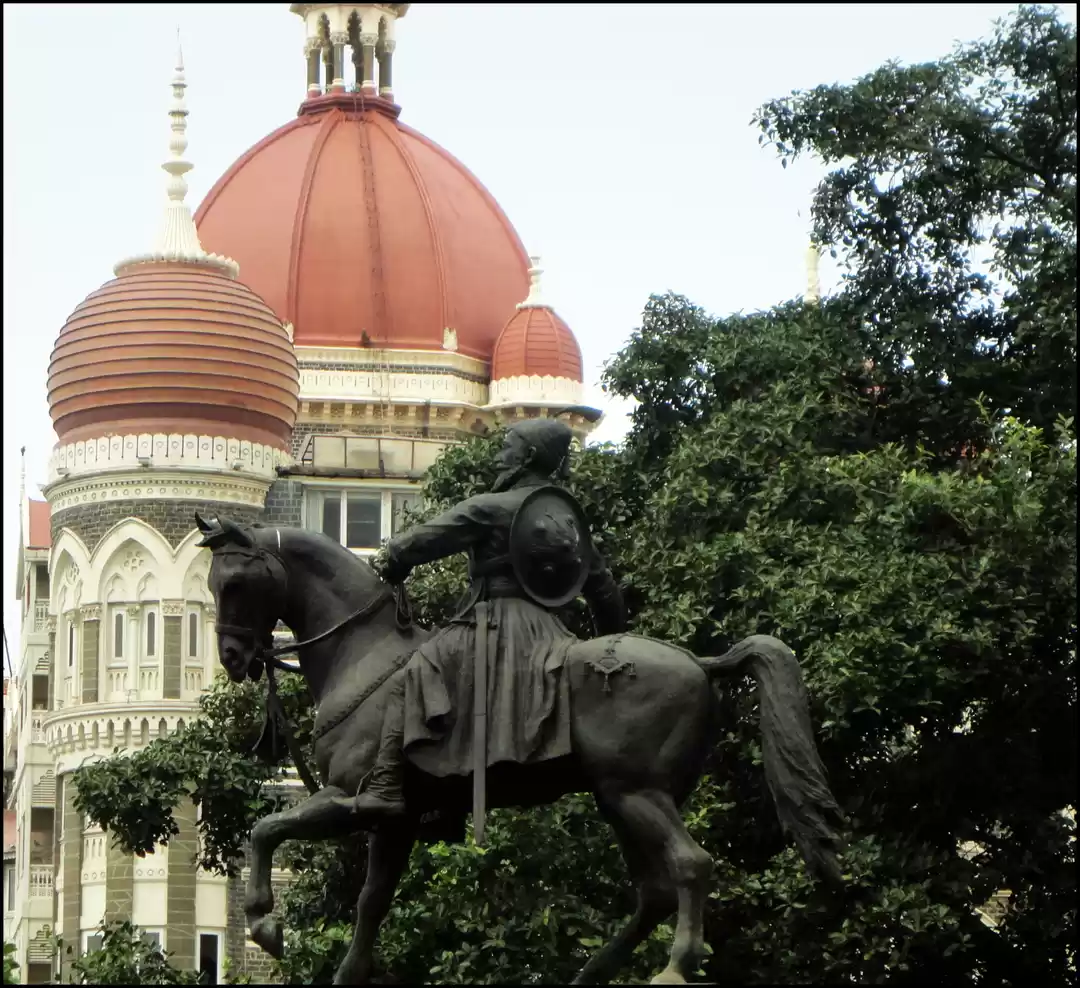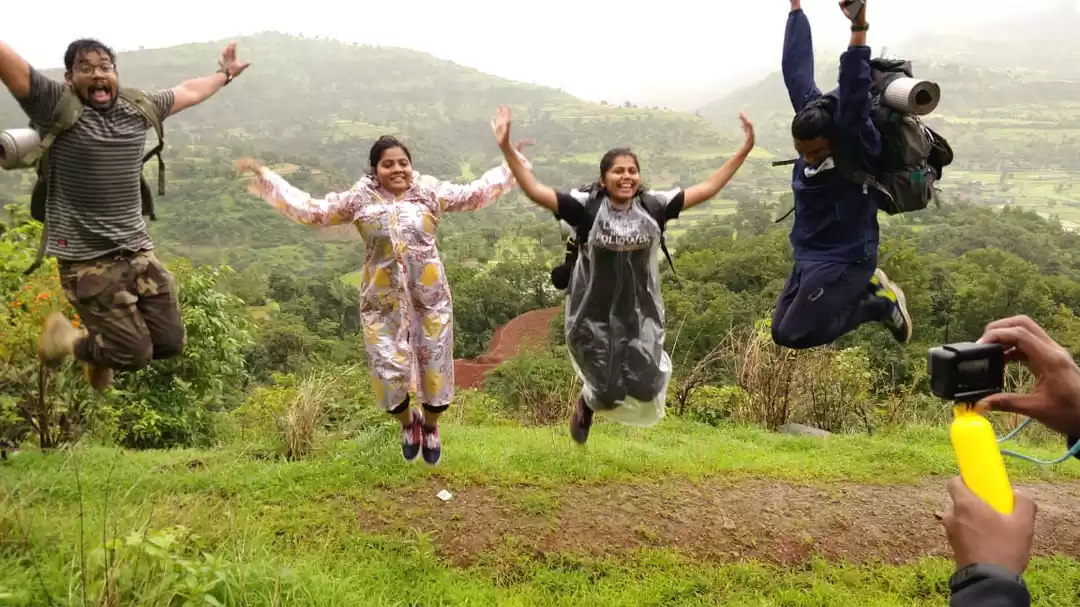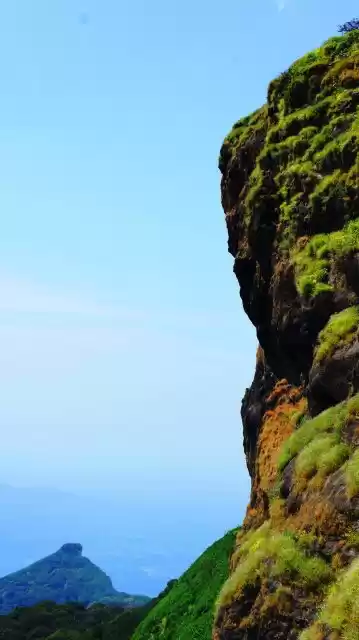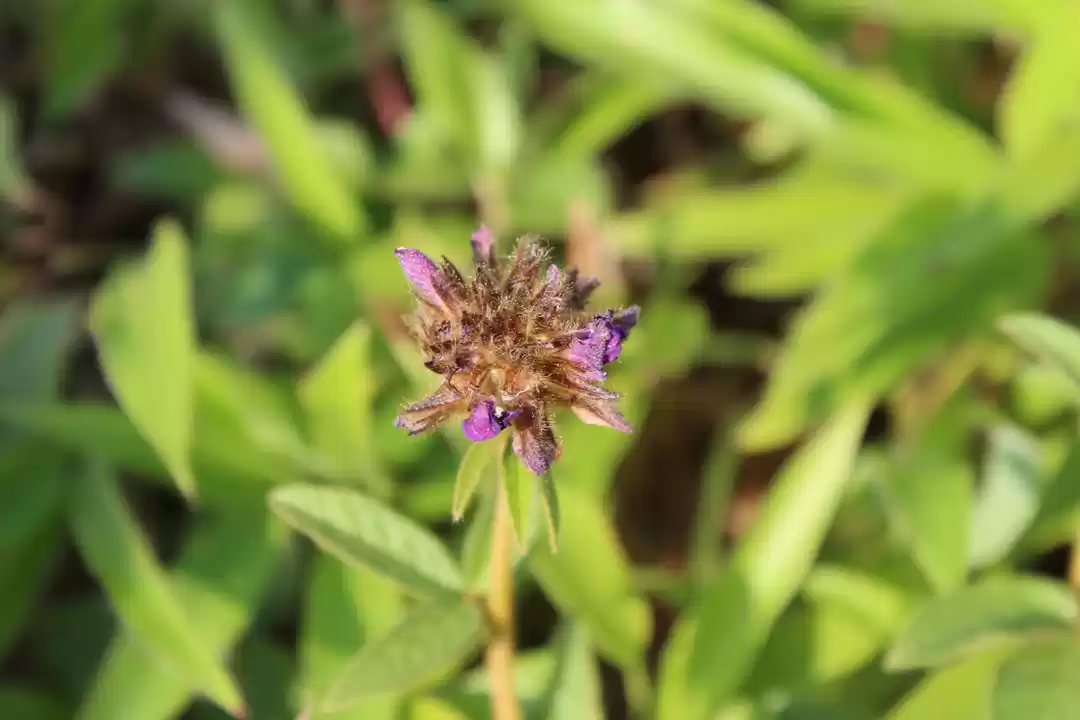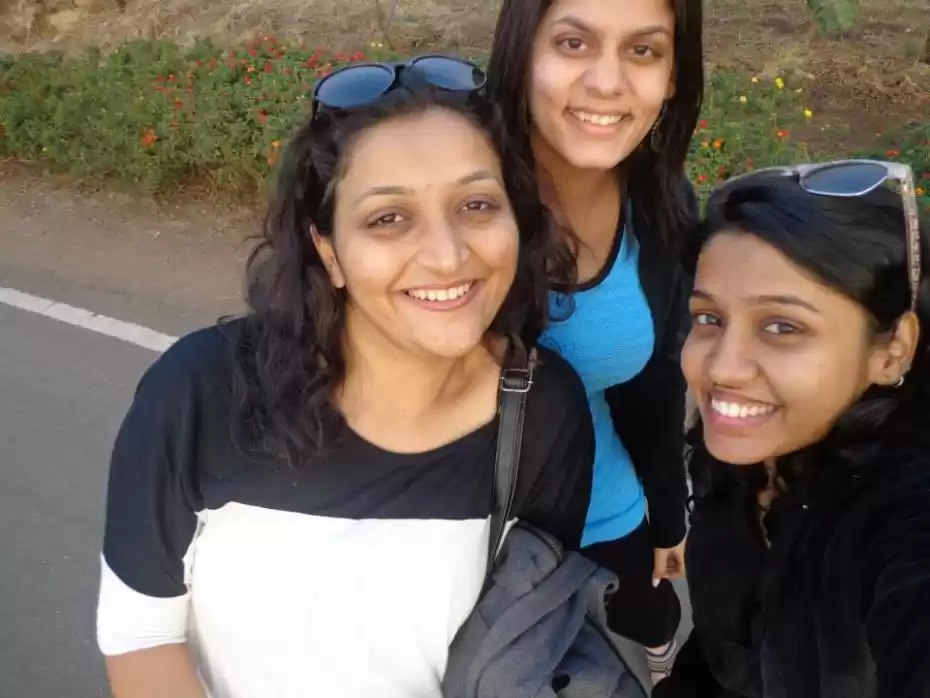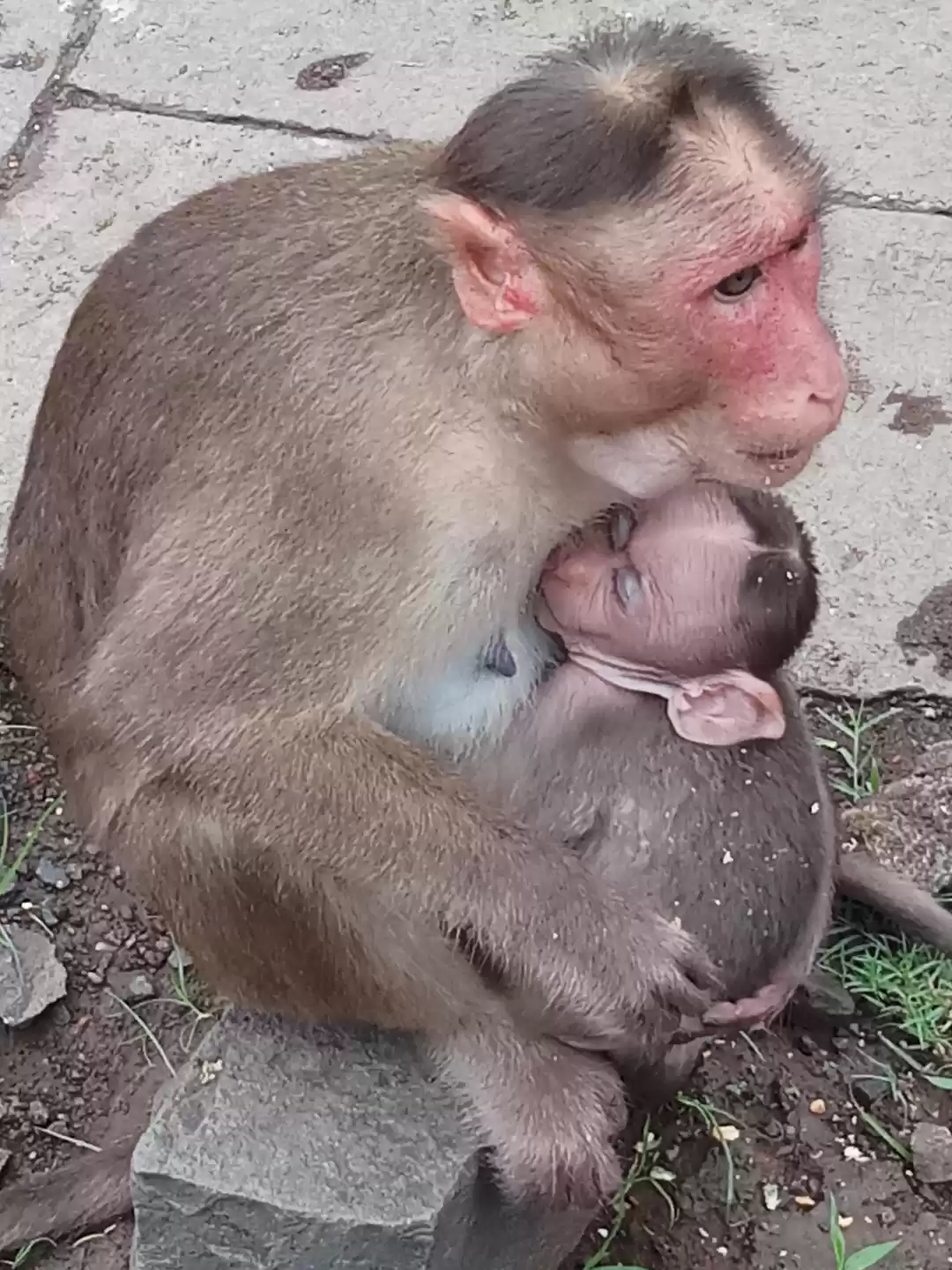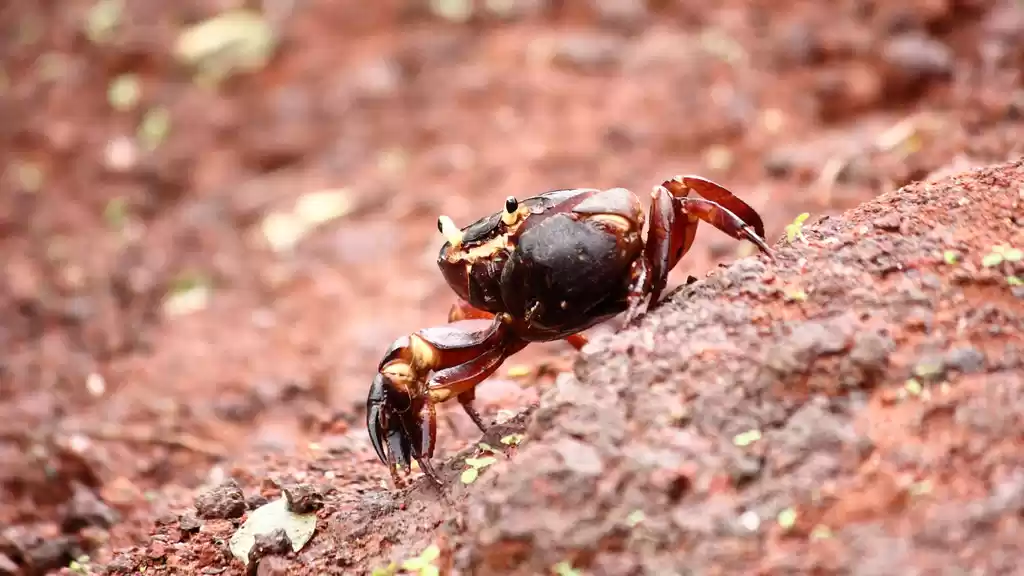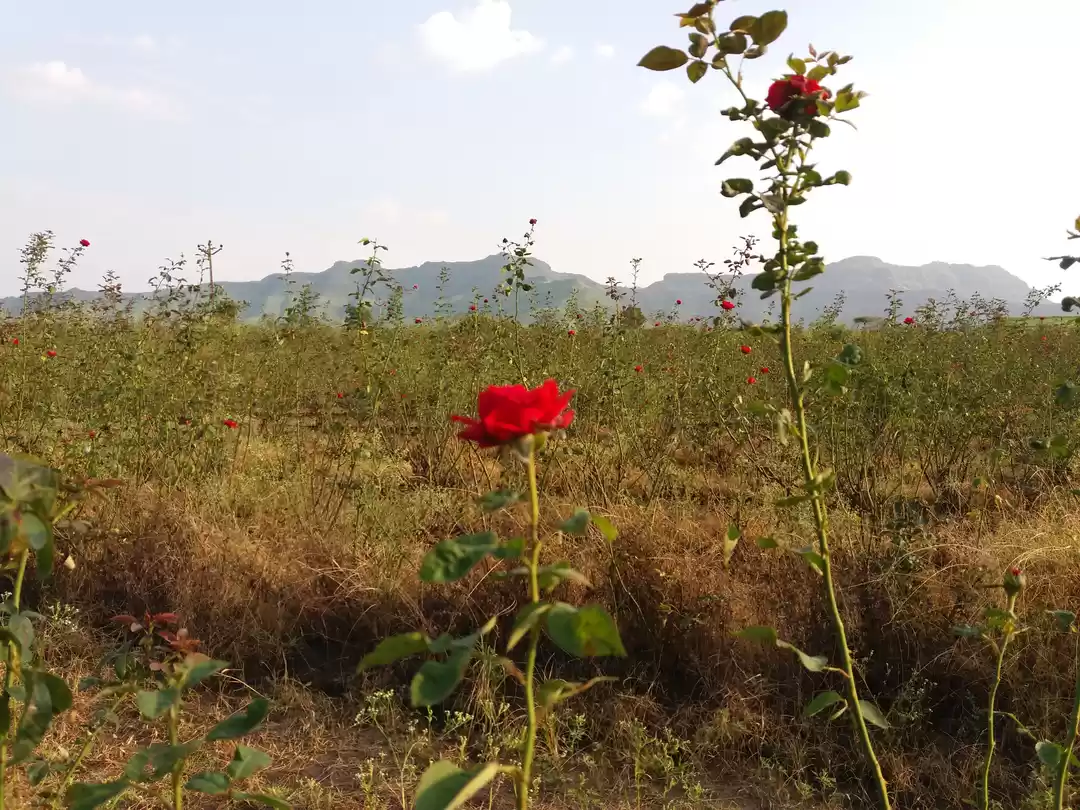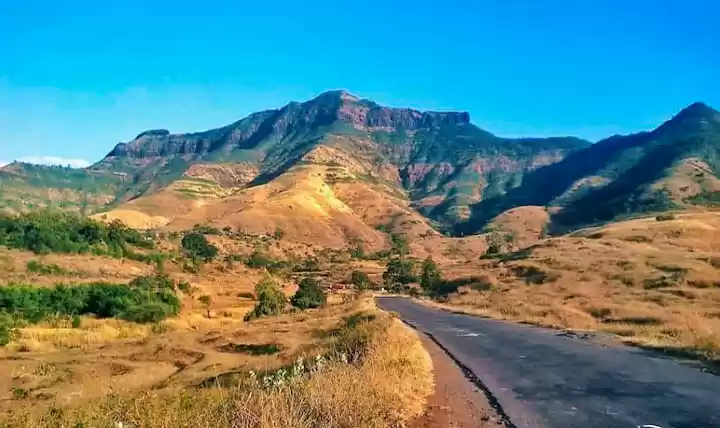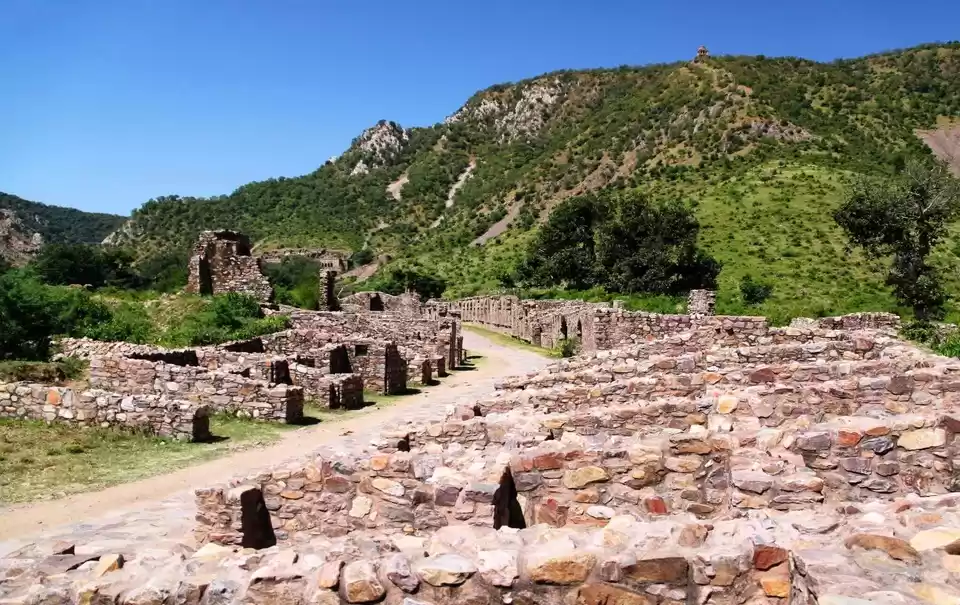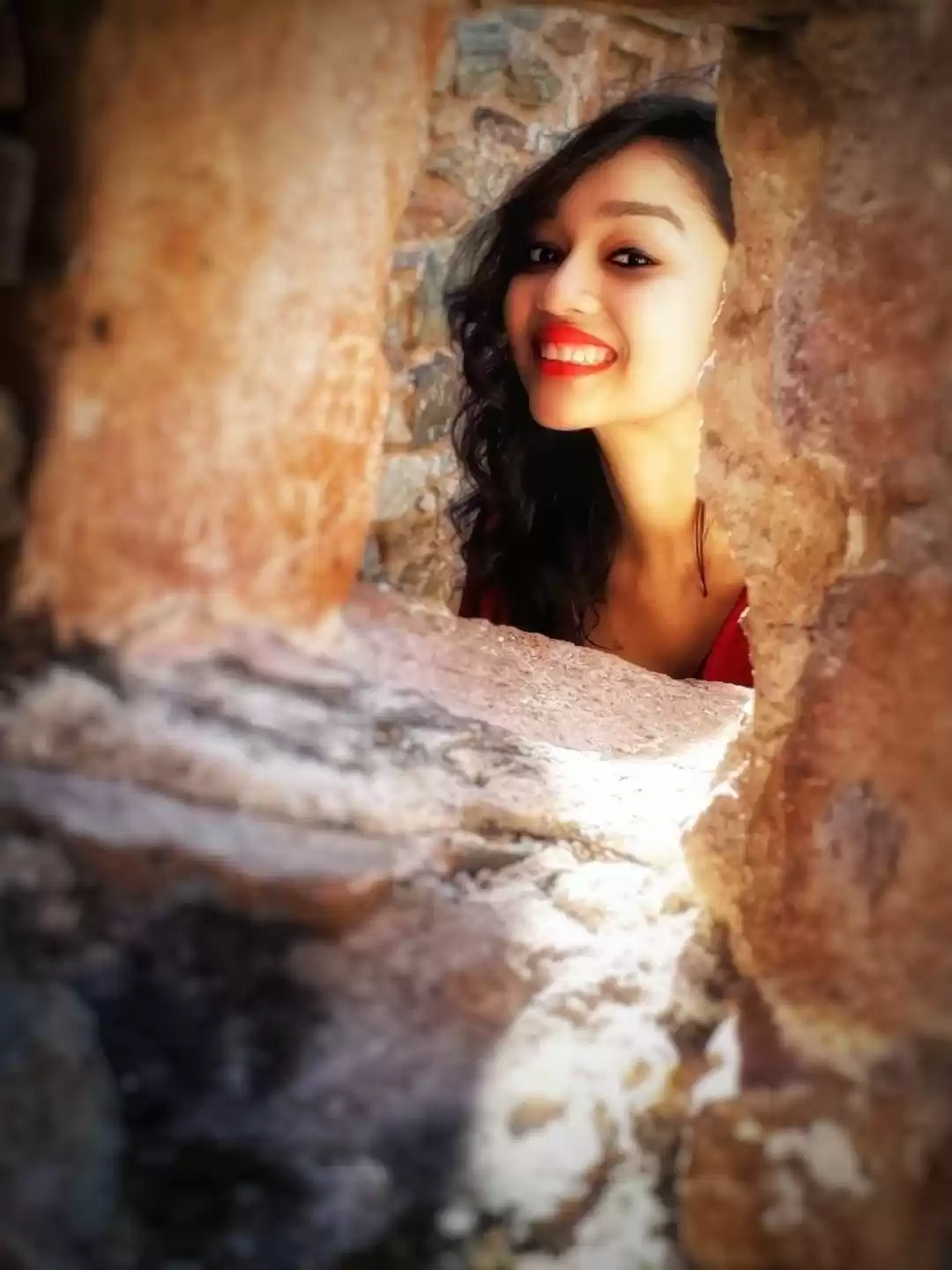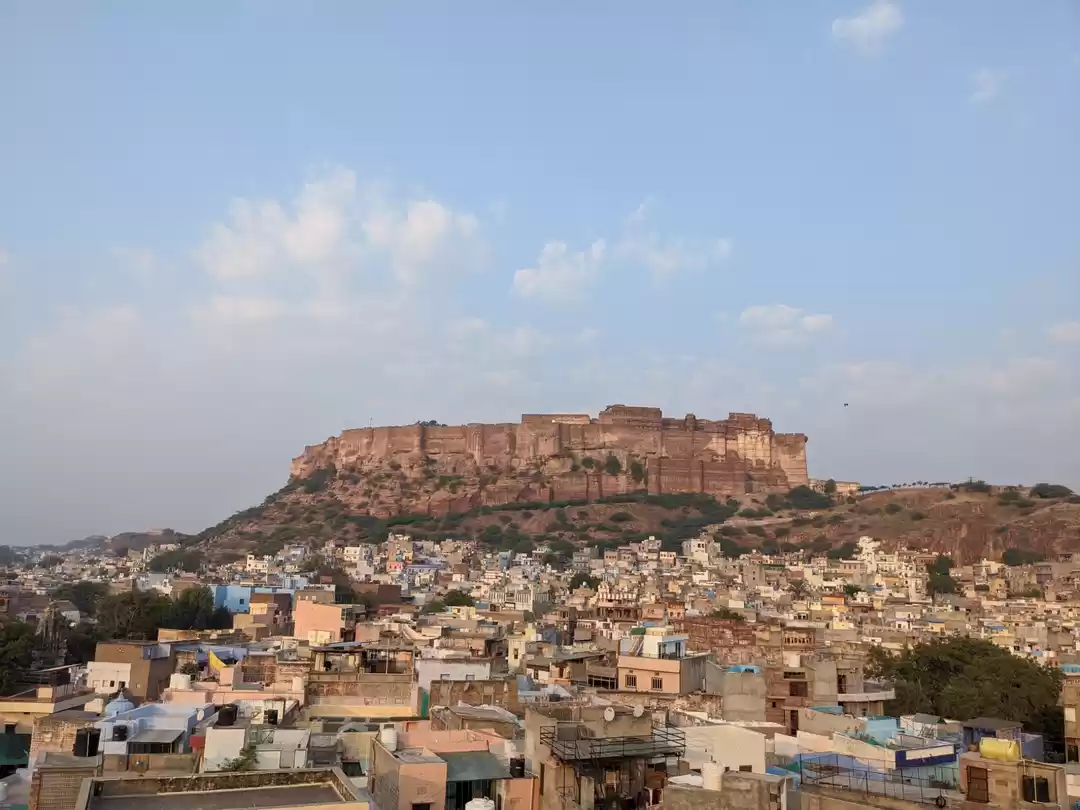Have you ever wondered what it would be like to walk in the footsteps of the great Maratha warrior Shivaji and his son Sambhaji? Have you ever wanted to witness the stunning views of the Western Ghats and the surrounding countryside from a vantage point? Have you ever dreamed of exploring a fort that has witnessed centuries of battles, treaties, legends, and stories?
If your answer is yes, then you should definitely visit Purandar Fort, a historical and cultural gem in Maharashtra. Purandar Fort is a majestic fort that stands on a hilltop at an altitude of 1398 meters, about 50 km from Pune. It is one of the most important forts in the history of Deccan and the Maratha Empire, as it was the birthplace of Sambhaji, the second ruler of the Maratha Kingdom, and the site of the Treaty of Purandar between Shivaji and the Mughal emperor Aurangzeb.
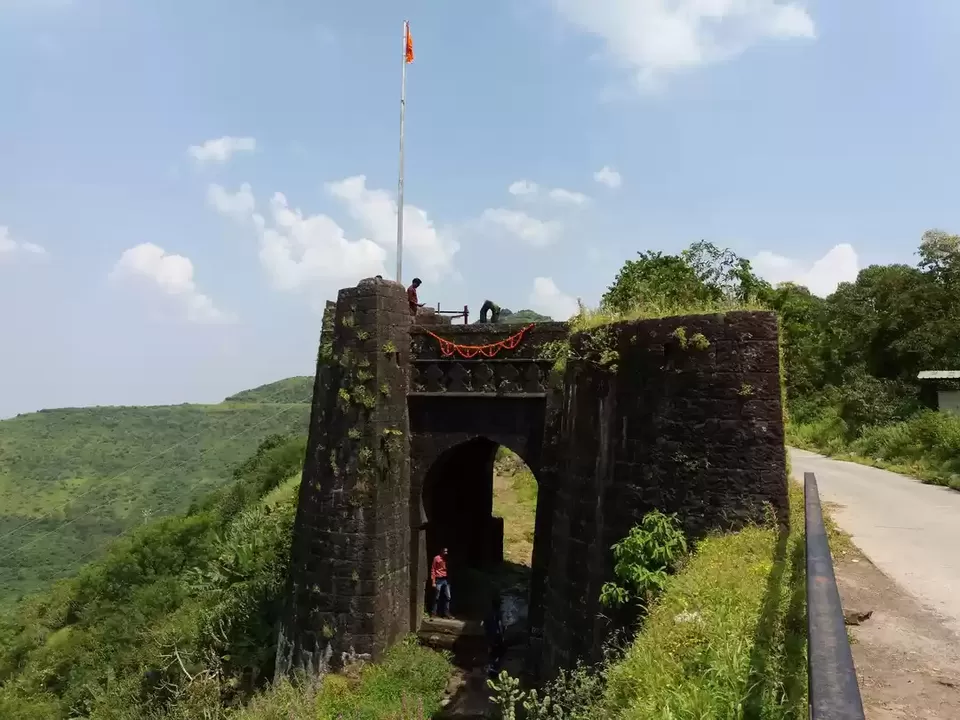
Purandar Fort is not only a place of historical significance, but also a place of natural beauty and adventure. The fort offers breathtaking views of the Western Ghats and the valleys below, as well as a variety of attractions and activities for visitors to enjoy. Whether you are a history buff, a nature lover, or an adrenaline junkie, Purandar Fort has something for everyone.
In this article, we will tell you everything you need to know about Purandar Fort, including its history, how to reach it, what to do there, when to visit it, and where to stay near it. Read on to discover why Purandar Fort should be on your bucket list.
History of Purandar Fort
Purandar Fort has a long and rich history that dates back to the 11th century. The fort was originally built by the Yadava dynasty as a stronghold against the invaders from the north. Later, it came under the control of various dynasties and rulers, such as the Bahmani Sultanate, the Nizam Shahi Sultanate, the Adil Shahi Sultanate, and the Mughals.
The fort reached its peak of glory under the Maratha Empire, especially under Shivaji, who made it his capital in 1665. Shivaji renovated and fortified the fort with several bastions, gates, walls, and towers. He also built several temples, statues, and monuments inside the fort to honor his ancestors and deities.
The most notable event in the history of Purandar Fort was the Treaty of Purandar in 1665. This was a peace agreement between Shivaji and Aurangzeb, who had besieged the fort with a massive army. According to the treaty, Shivaji had to surrender 23 forts to Aurangzeb, including Purandar Fort. He also had to send his son Sambhaji as a hostage to Aurangzeb’s court. However, Shivaji later regained most of his forts and territories through his cunning and bravery.
Another important event in the history of Purandar Fort was the birth of Sambhaji in 1657. Sambhaji was born to Shivaji’s first wife Saibai at Purandar Fort. He grew up to be a brave and valiant ruler who succeeded his father after his death in 1680. He fought against Aurangzeb’s invasion for nine years until he was captured and executed by him in 1689.
Purandar Fort also witnessed several other battles and sieges throughout its history. One of them was in 1776, when it was attacked by the British forces under Colonel Charles Boycott. The fort was defended by Murarbaji Deshpande, a loyal Maratha general who sacrificed his life for the fort. He is still revered as a hero by the locals.
Purandar Fort remained under British rule until India’s independence in 1947. Today, it is a protected monument under the Archaeological Survey of India (ASI) and a popular tourist destination.
You May Love: This range trek in Maharashtra will give you a real feel of rustic Western Ghats
How to Reach Purandar Fort
Purandar Fort is located about 50 km from Pune city in Maharashtra. The nearest airport is Pune International Airport (PNQ), which is about 40 km from Pune city center. You can take a flight from any major city in India or abroad to Pune airport.
The nearest railway station is Pune Junction (PUNE), which is about 10 km from Pune city center. You can take a train from any major city in India to Pune station.
From Pune airport or railway station, you can take a taxi or a bus to reach Purandar Fort. The road distance is about 60 km and the travel time is about 1.5 hours. You can also hire a car or a bike to drive to the fort.
The road to Purandar Fort is scenic and well-maintained. You will pass through several villages, farms, and hills along the way. You will also see the Purandar Dam and the Saswad town on the route.
The road ends at the base of the hill where the fort is situated. You will have to park your vehicle there and walk up to the fort. The trek is about 2 km long and takes about 45 minutes to complete. The trek is moderately difficult and requires some stamina and endurance. You will have to climb some steep steps and rocky patches along the way. However, the views from the top are worth the effort.
You can also take a horse ride or a jeep ride to reach the fort from the base. These are available at a nominal charge and are subject to availability.

Things to Do in and Around Purandar Fort
Purandar Fort is a place of historical and cultural interest, as well as a place of natural beauty and adventure. There are many things to do in and around Purandar Fort for visitors of all ages and interests.
Some of the things to do in Purandar Fort are:
- Explore the fort complex and admire its architecture and design. The fort consists of two levels: the lower fort (Balekilla) and the upper fort (Machi). The lower fort has several gates, such as Dilli Darwaza, Khandak Darwaza, Ganesh Darwaza, etc. The upper fort has several bastions, such as Vajragad, Murarbaji, Surya, etc.
- Visit the temples, statues, and monuments inside the fort. Some of them are: Kedareshwar Temple, Sambhaji Temple, Shivaji Statue, Murarbaji Statue, etc. These are dedicated to various deities and personalities associated with Purandar Fort.
- Enjoy the panoramic views of the Western Ghats and the valleys below from the fort. You can see the Sinhagad Fort, Rajgad Fort, Torna Fort, etc. from Purandar Fort on a clear day. You can also see the Purandar Dam and the Saswad town from the fort.
- Indulge in some adventure sports at Purandar Fort. You can try paragliding, rappelling, rock climbing, etc. at Purandar Fort with professional instructors and equipment. These are available at a reasonable charge and are subject to weather conditions.
- Experience the local culture and cuisine at Purandar Fort. You can interact with the villagers who live near the fort and learn about their lifestyle and traditions. You can also taste some of the local delicacies, such as bhakri (flatbread), pitla (gram flour curry), zunka (spicy vegetable dish), etc.
Some of the things to do around Purandar Fort are:
- Visit Narayanpur village, which is about 10 km from Purandar Fort. It is famous for its ancient temples, such as Narayaneshwar Temple, Datta Temple, etc. It is also a pilgrimage center for devotees of Lord Dattatreya.
- Visit Jejuri town, which is about 15 km from Purandar Fort. It is famous for its Khandoba Temple, which is dedicated to Lord Shiva in his form as Khandoba. It is also known for its Bhandara festival, which involves throwing turmeric powder on each other.
- Visit Saswad town, which is about 20 km from Purandar Fort. It is famous for its historical and cultural heritage, such as Sangameshwar Temple, Changdev Maharaj Samadhi, Pandharpur Wari (annual pilgrimage), etc.
Best Time to Visit Purandar Fort
Purandar Fort can be visited throughout the year, as it has a pleasant climate and weather conditions. However, some of the best times to visit Purandar Fort are:
Winter (October to February): This is the ideal time to visit Purandar Fort, as the weather is cool and dry. The temperature ranges from 10°C to 25°C during this season. The sky is clear and blue, and the visibility is high. You can enjoy the views of the Western Ghats and the valleys below from the fort without any haze or fog. You can also indulge in some adventure sports at Purandar Fort during this season.
Monsoon (June to September): This is another good time to visit Purandar Fort, as the weather is wet and green. The temperature ranges from 15°C to 30°C during this season. The rain enhances the beauty of Purandar Fort and its surroundings. The fort looks like a fairy tale castle in the clouds during this season. You can witness the waterfall, the rainbow, and the lush greenery of Purandar Fort and its surroundings. You can also enjoy the monsoon festivals and celebrations at Purandar Fort during this season.
Summer (March to May): This is the least preferred time to visit Purandar Fort, as the weather is hot and humid. The temperature ranges from 25°C to 40°C during this season. The sky is hazy and dusty, and the visibility is low. You may feel uncomfortable and dehydrated while trekking to the fort during this season. You may also face water scarcity and crowd issues at Purandar Fort during this season.
Also Read: A Massive Hidden Fort In Maharashtra We Bet You Don't Know About
Where to Stay Near Purandar Fort
Purandar Fort does not have any accommodation facilities inside or near the fort. However, there are many hotels and resorts near Purandar Fort that offer comfortable and affordable stay options for visitors. Some of them are:
Fort Jadhavgadh Hotel: This is a heritage hotel that is located about 15 km from Purandar Fort. It is a converted fort that offers a royal and luxurious experience to its guests. It has 58 rooms and suites, each with a unique theme and decor. It also has a museum, a spa, a pool, a restaurant, a bar, and a lawn. The hotel organizes various activities and events for its guests, such as cultural shows, folk dances, bullock cart rides, etc.
Balaji Resort: This is a budget resort that is located about 20 km from Purandar Fort. It is a simple and cozy resort that offers basic amenities and services to its guests. It has 20 rooms, each with an attached bathroom and a balcony. It also has a garden, a playground, a restaurant, and a conference hall. The resort arranges sightseeing tours and adventure sports for its guests on request.
Saj By The Lake: This is a boutique resort that is located about 25 km from Purandar Fort. It is a serene and scenic resort that overlooks the Malshej Lake. It has 15 rooms, each with a modern design and furniture. It also has a pool, a spa, a gym, a restaurant, and a lounge. The resort offers various activities and facilities for its guests, such as cycling, fishing, boating, birdwatching, etc.
Conclusion
Purandar Fort is a historical and cultural gem in Maharashtra that deserves your attention and admiration. It is a place where you can learn about the glorious past of Deccan and the Maratha Empire, enjoy the splendid views of the Western Ghats and the valleys below, indulge in some adventure sports at Purandar Fort, experience the local culture and cuisine at Purandar Fort, and relax in some of the best hotels and resorts near Purandar Fort.
If you are looking for a memorable and enriching trip in Maharashtra, you should definitely visit Purandar Fort. You will not regret it.




